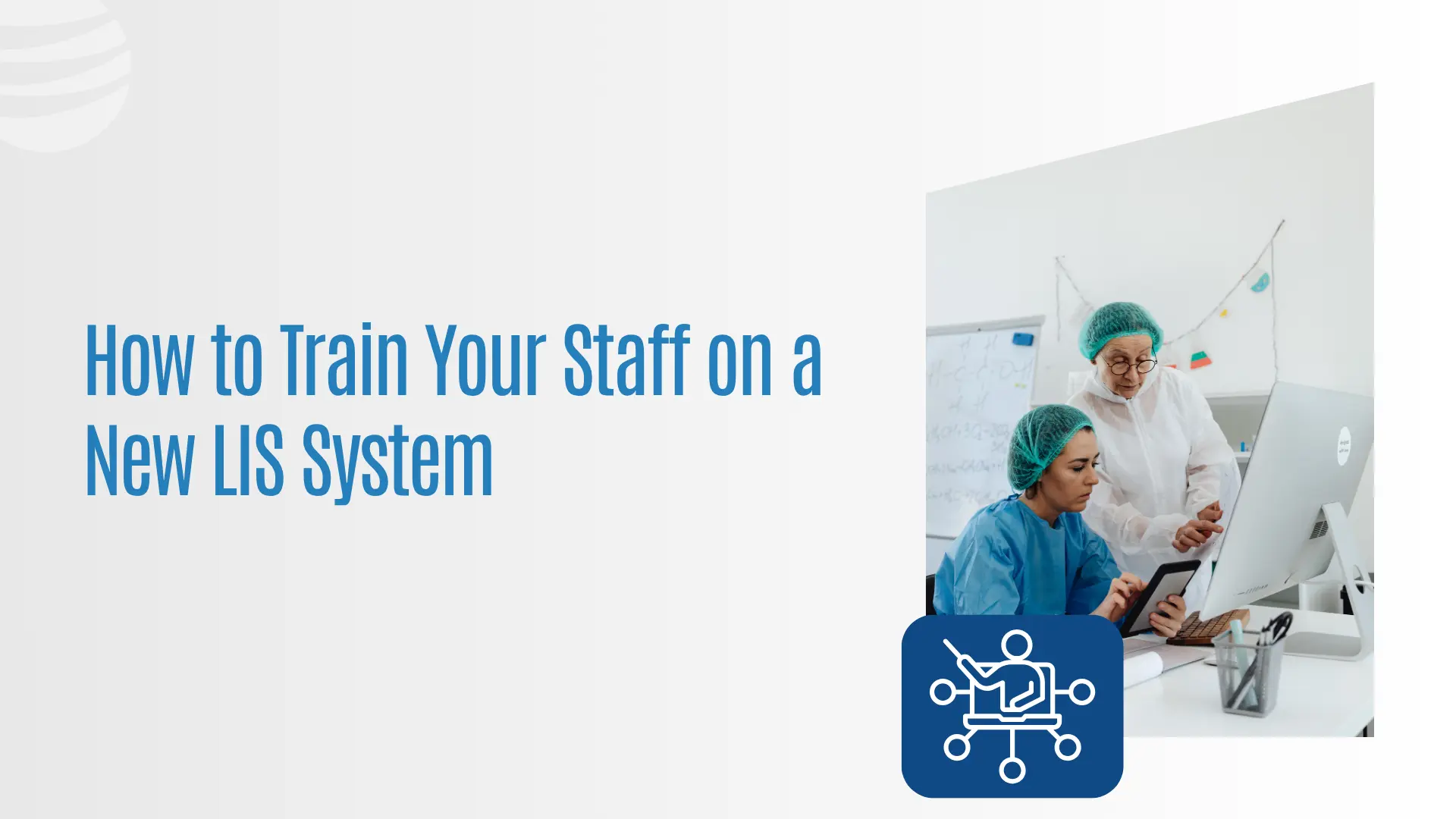Empowering Anatomic Pathology Labs with End-to-End Informatics
A New Era for Anatomic Pathology
Anatomic pathology (AP) plays a foundational role in patient care providing critical diagnoses through tissue analysis, histology, cytology, and surgical pathology. But as diagnostic complexity increases and case volumes grow, traditional workflows no longer support modern expectations.
Paper requisitions, disjointed systems, and manual tracking are giving way to digital transformation. Labs are now turning to end-to-end informatics platforms that centralize data, integrate instruments, automate reporting, and support collaboration.
This blog explores how specialized LIS solutions built specifically for anatomic pathology empower labs to work faster, safer, and smarter across the entire case lifecycle.
What Is End-to-End Informatics for Anatomic Pathology Labs?
End-to-end informatics means managing the entire diagnostic journey from accessioning to diagnosis to final reporting within a unified system.
In an anatomic pathology setting, this includes:
- Specimen tracking and barcode labeling
- Grossing and histology data capture
- Slide scanning and image management
- Pathologist workflow and diagnostic entry
- Report formatting and electronic delivery
- Integration with EMRs, LIS, and billing systems
- Compliance auditing and quality control
A true end-to-end informatics system doesn’t just store data it powers every phase of the workflow.
Challenges in Traditional Anatomic Pathology Workflows
Many AP labs still rely on fragmented tools:
- Paper-based requisitions
- Manual case matching
- Email or phone-based communication
- Standalone image management systems
- Hand-typed or dictated reports
- Disconnected billing processes
This leads to:
- Lost specimens or mislabeling
- Delayed turnaround times
- Inconsistent report formats
- Reduced pathologist productivity
- Increased risk during audits
The solution? Centralized, LIS-powered informatics designed for anatomic pathology.
6 Core Capabilities of AP-Focused Informatics Platforms
1. Specimen Tracking with Chain of Custody
Every AP case begins with a specimen and that specimen must be traceable from intake to final report. End-to-end informatics ensures:
-
- Barcode-driven specimen accessioning
- Real-time tracking through grossing, processing, and slide prep
- Chain of custody audit trails
- Alerts for incomplete or delayed stages
This reduces lost samples, improves efficiency, and protects compliance.
2. Integrated Grossing and Histology Workflow
Gross descriptions, cassette labeling, and histotech notes should flow directly into the case file. Informatics platforms allow:
-
- Digital grossing stations with structured data entry
- Image capture at grossing and sectioning
- Automated slide label generation
- Preloaded tissue types and protocols by specimen category
No more transcribing notes or mismatched data everything lives in the LIS.
3. Slide Image Management and Digital Pathology Readiness
Many AP labs now use slide scanners to digitize cases. An informatics platform should support:
-
- Integration with whole-slide imaging (WSI) systems
- Secure image storage tied to the case
- Annotation tools for diagnosis and collaboration
- Compatibility with AI pathology algorithms
This enhances remote reading, second opinions, and long-term archiving.
4. Structured Diagnostic Workflow for Pathologists
Pathologists need a workspace that reflects how they work:
-
- Case queue management
- Slide and image access
- Embedded diagnostic templates
- ICD/CPT coding suggestions
- Peer-review or QA checkpoints
- Integrated voice dictation or structured entry
This improves speed, standardization, and clarity in final diagnoses.
5. Customizable Reporting and Delivery
Informatics platforms let labs deliver clean, branded reports with:
-
- Auto-populated patient and case details
- Graphical or image-based annotations
- Dynamic narratives or synoptic templates
- Flexible output formats (PDF, HL7, EMR embedded)
- Integrated delivery to referring physicians
A modern LIS makes reporting part of the workflow not an afterthought.
6. Billing Integration and Compliance Tools
Because AP testing often involves complex procedures and insurance rules, the LIS must:
-
- Support CPT/ICD pairing by specimen type
- Log pathology supervision stages
- Validate coding prior to claim submission
- Generate audit-ready billing logs
- Sync with RCM platforms or in-house billing
This ensures labs get paid accurately and stay protected during audits.
Why Prolis Is Built for Anatomic Pathology
Prolis is a specialized LIS module developed for the specific needs of AP workflows.
It includes:
- End-to-end specimen lifecycle tracking
- Fully integrated grossing, histology, and diagnostic modules
- Built-in support for slide scanning and image integration
- Structured pathology templates for faster diagnosis
- Configurable synoptic reporting
- Direct integration with billing and compliance systems
- Audit-ready logs and quality dashboards
Prolis doesn’t force AP labs to adapt it adapts to the way they work.
Outcomes That Matter
Labs using end-to-end informatics for anatomic pathology report:
✅ Reduced specimen errors and labeling issues
✅ Shorter case turnaround time
✅ Higher pathologist throughput
✅ Cleaner, standardized reports
✅ Stronger compliance audit performance
✅ Improved provider satisfaction with reporting access
It’s not just about digitizing steps it’s about connecting them.
Conclusion: Informatics Empowers Precision in AP
Anatomic pathology is evolving. The days of disconnected paper forms, legacy tools, and siloed workflows are ending. Labs that embrace end-to-end informatics are redefining what’s possible delivering faster, more accurate results with fewer errors and higher trust.
With platforms like Prolis, anatomic pathology labs can scale confidently, serve providers better, and support patient care with clarity and confidence.
Informatics isn’t just about technology it’s about transformation.






